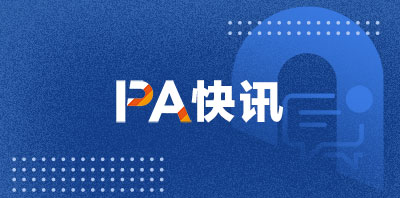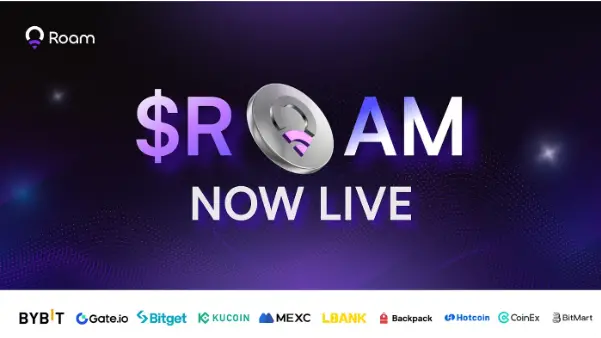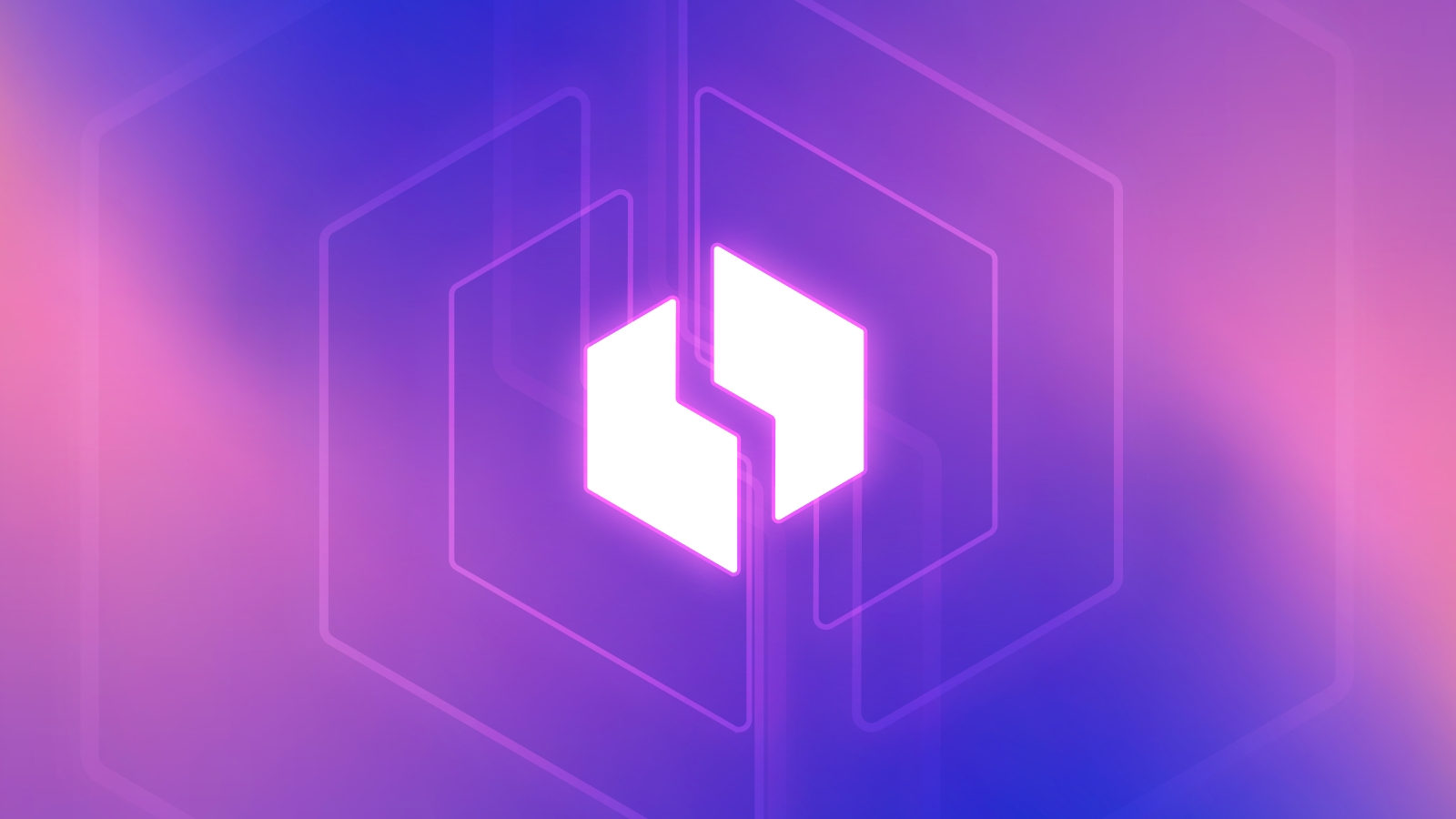
Roam
Roam is a decentralized global WiFi network powered by MetaBlox Labs. The Roam network offers seamless roaming and advanced network security for its users by leveraging OpenRoaming technology, Decentralized Identifiers (DIDs), and Verifiable Credentials (VCs) Protocol. With the Roam app, users can access over 3+ million access points while earning rewards for every connection that they contribute to the network. Together, we “Roam the World, Connect the People.”
There are currently 5,620,017 active Roam devices.
Device Map
Number of Devices
5,620,017
Number of Countries/Regions
189
Learn More
Roam is a decentralized global WiFi network powered by MetaBlox Labs. The Roam network offers seamless roaming and advanced network security for its users by leveraging OpenRoaming technology, Decentralized Identifiers (DIDs), and Verifiable Credentials (VCs) Protocol. With the Roam app, users can access over 3+ million access points while earning rewards for every connection that they contribute to the network. Together, we “Roam the World, Connect the People.”
Roam News
View more




